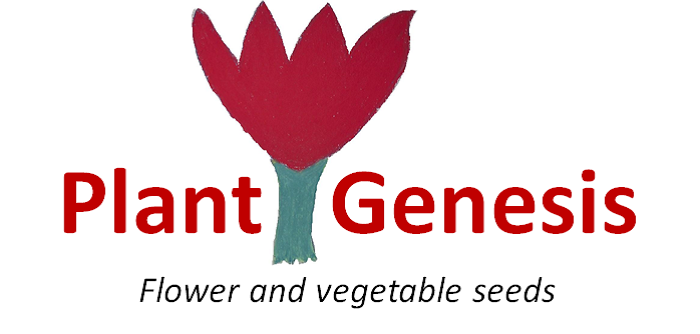A lovely lemon-scented plant for an informal, cottage or wildflower garden, with large yellow flowers from June to September. This plant forms a rosette of leaves in the first year, and stems of flowers in the second season. Flowers unfurl in the afternoon and evening when the scent is strongest. Plants grow to a height of 50-150cm. Bees love the flowers. These are traditional medicinal plants.
Common Evening Primrose grows best in full sun to part shade and well-drained, poor to moderately fertile soil. Plants self-seed in good conditions.
Pack of approx 1000 seeds. Sow in autumn or spring/early summer. Germination can be erratic, so sow more than you need. Sowing instructions and a colour photo are printed on the packet.
Grown in Cornwall
See how your seeds are packed.
